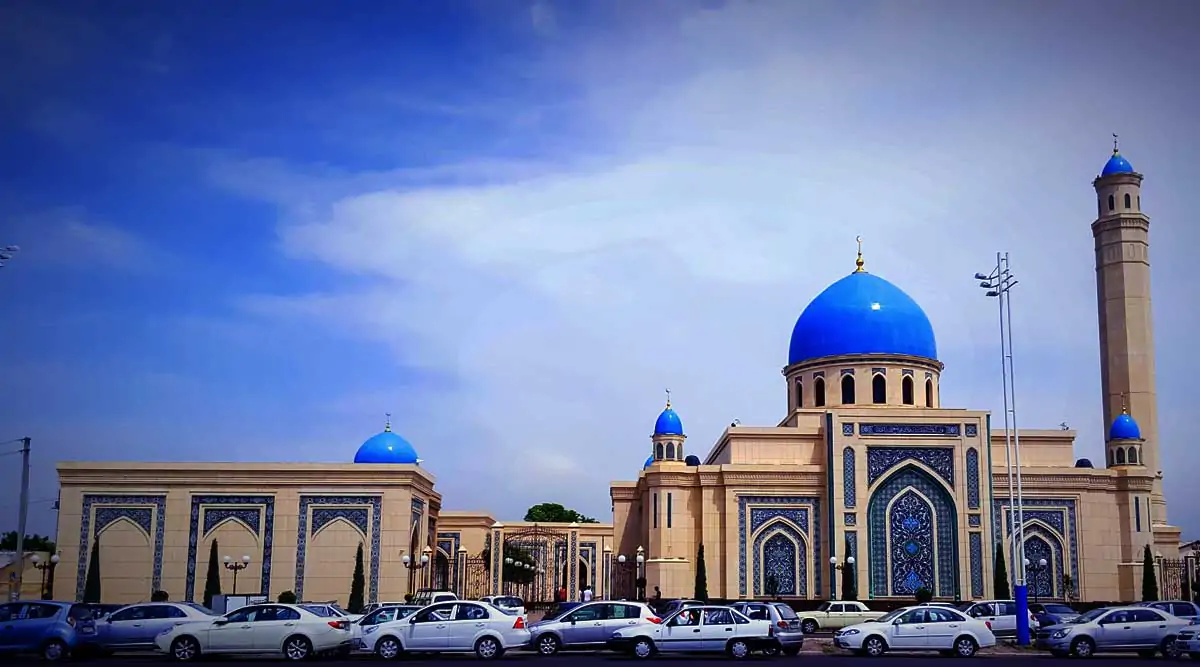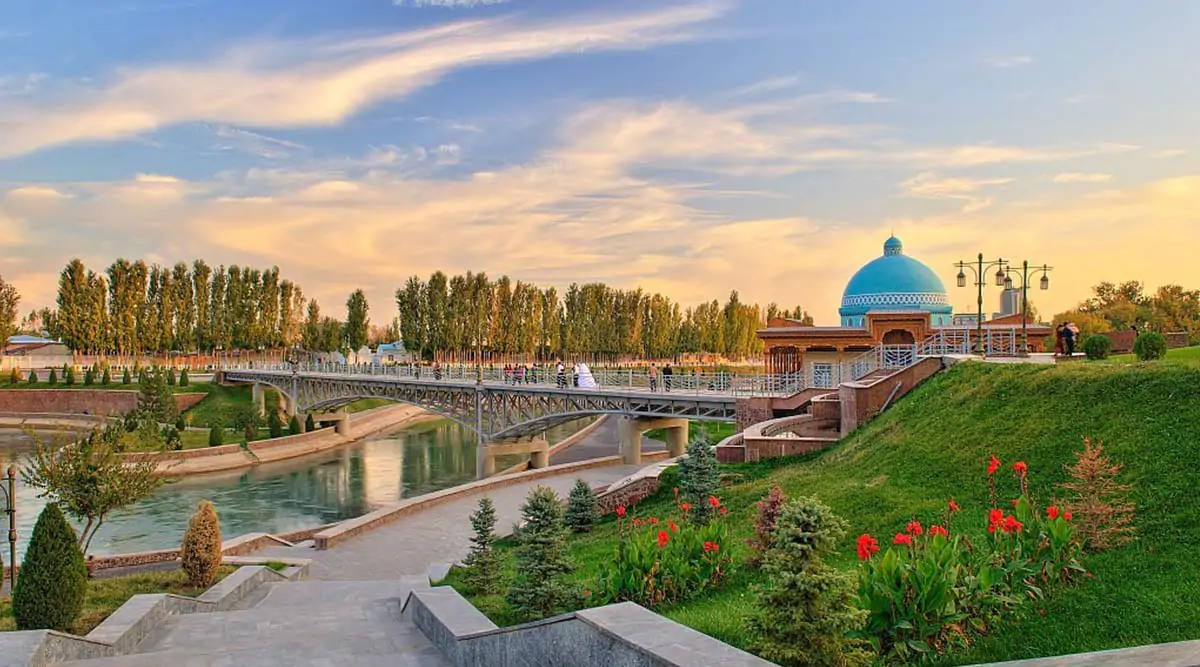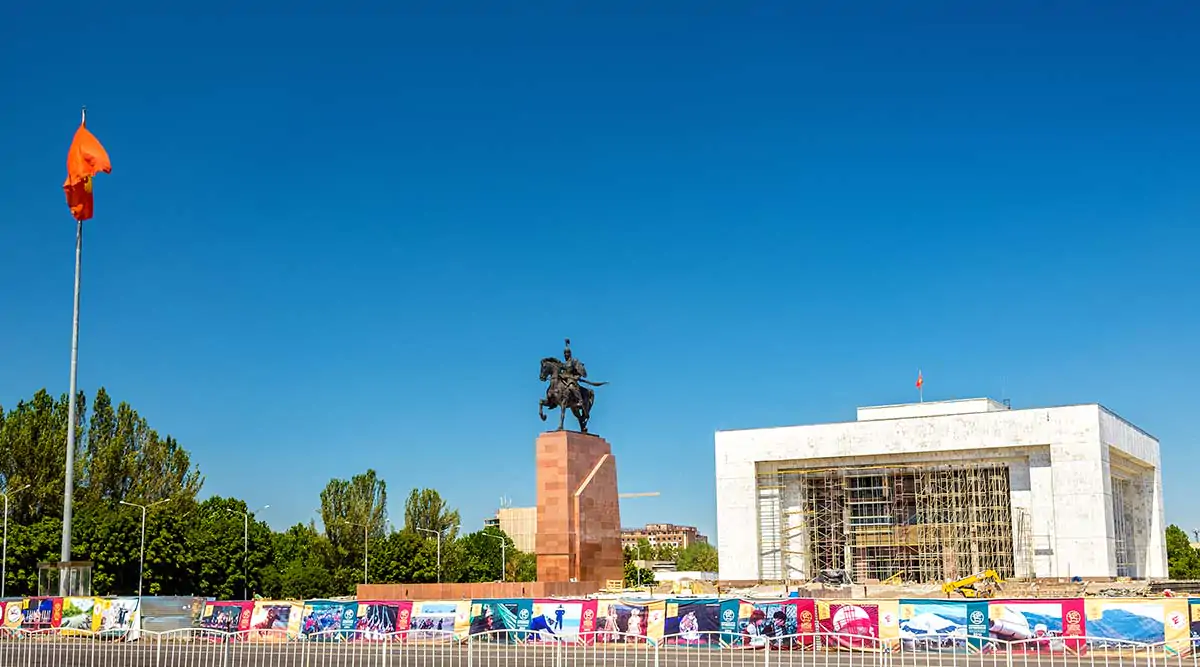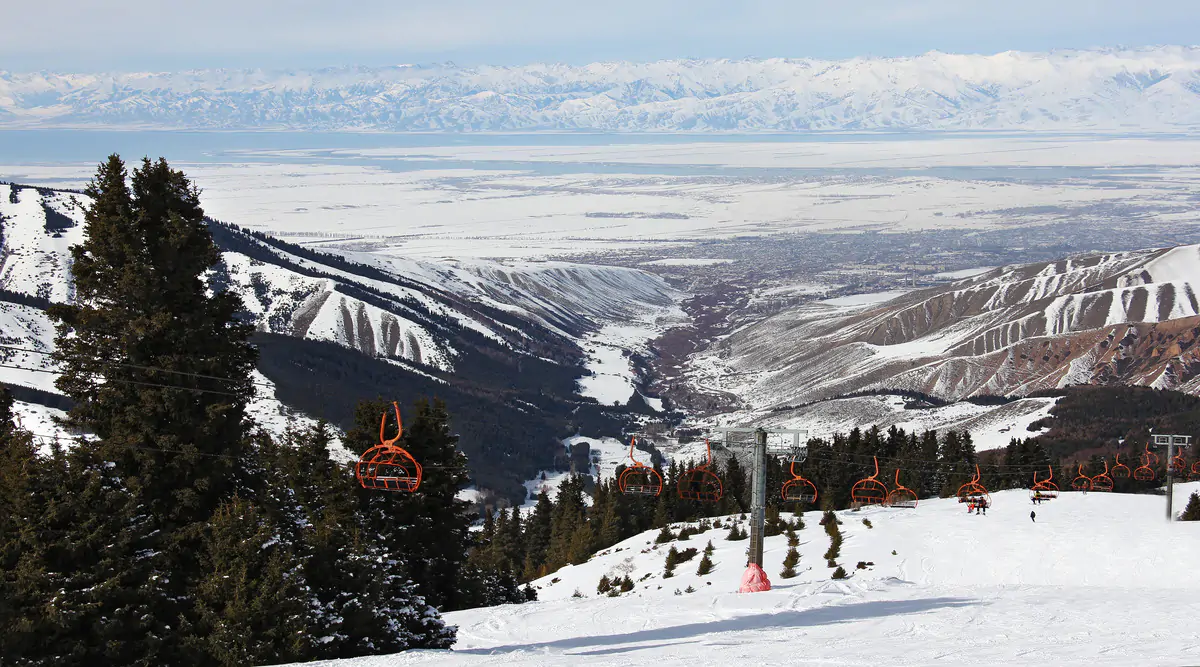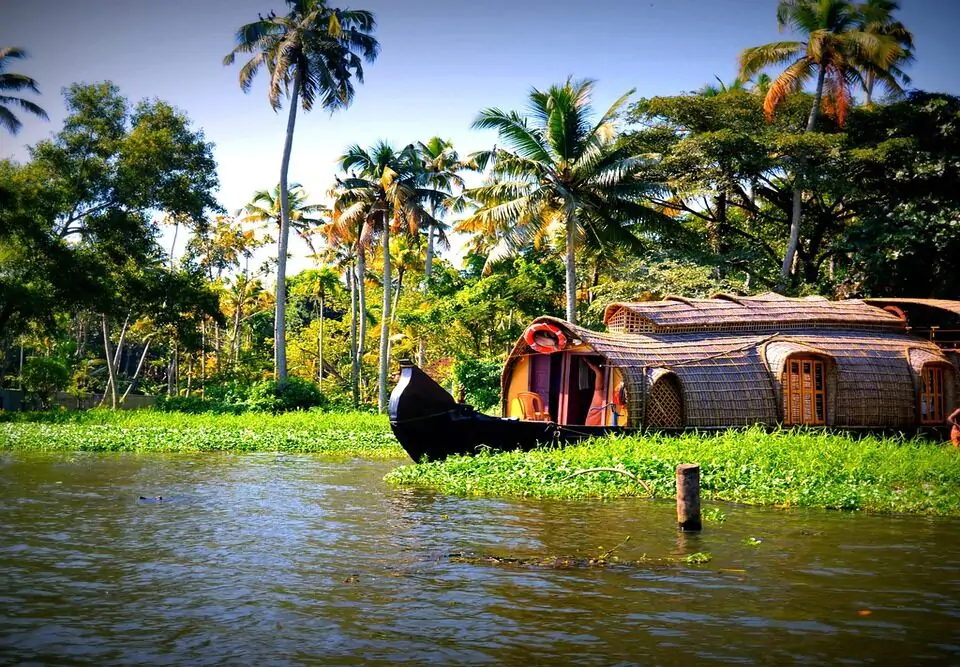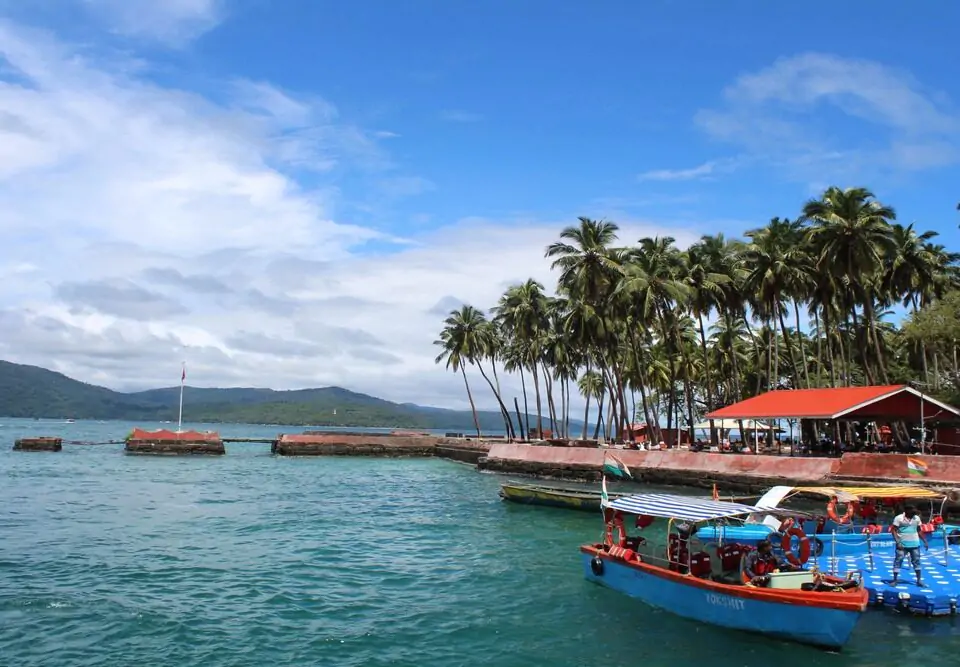Tashkent 03 Days Tour Packages – Short Stay Inn Tashkent
Destination Details
- Flight
- Food
- Visa
- Sight Scene
- Travel Guide
- Transport
Package Overview
The Great Silk Road stretched across this land, running from China to the Mediterranean. Get exclusive Tashkent Tour Packages to the heart of central Asia. Thousand of years ago, fabulous cities with beautiful palaces, grand mosques, high minarets and madrasahs were built on this land. The territory of modern-day Uzbekistan and its close neighbours have witnessed many empires rise and fall. The Sogdians, the Macedonians, the Huns, the Mongolians, the Seljuks, the Timurids and the Khanates of Samarkand, Bukhara, Khiva and Khorezm all held sway here at one time or another
DELHI – TASHKENT
Meals Gala Dinner
TASHKENT – CHIMGAN – CHARWAK – TASHKENT
MealsBreakfast, Lunch and Gala Dinner
TASHKENT – DELHI
- Return Economy class Airfare from Delhi - Tashkent -Delhi (In Group).
- Accommodation on Double/Twin Sharing basis.
- Complimentary 02 Bottles of Mineral water as per specified.
- All Meals Included.
- 02 Buffet breakfasts at your hotel.
- 01 Lunches as Per Itinerary at Indian restaurants in Tashkent.
- 01 Lunch as Per Itinerary at Pyramid Resort in Charwak Lake.
- 02 Exclusive Gala Dinners at Restaurant with Veg - Non/Veg snacks, free flow of soft drinks, Branded Vodka, Beer, Juices and Belly Dance Show
- All Sightseeing as per above tour itinerary.
- Full day Guided tour to Charwak Lake and Chimgan Mountain.
- Cable Car Ride includes Chair-Lift fees at Chimgan Mountain.
- Full day Guided Tashkent City Tour and Shopping Tour.
- Services of Professional English speaking guide for whole Tour.
- All transfers as per itinerary by AC Luxury Seat in Coach.
- 01 Hi Tea with snacks at the Indian Restaurant.
- Consular fees for Uzbekistan Group visa and VISA Support. (No personal appearance at the embassy)
- Charges in hotels for additional services
- Photography and video making fees at the sites.
- Personal insurance
- Tips and gratuities
- Any services not included in the above itinerary
- Entrance ticket to Sites
Travel Guide

- Uzbekistan
- Tashkent
- 447,400 km²
- 11°C, Wind
- Mon 12:19 am
- Som
- Uzbek
- 30.24 million
General Information About Uzbekistan
New Gateway of Night life in central Heart of Asia and Traipse the lanes of Tashkent and figure out what's where; climb the mountains of Chimgam, try adventure sports, or a cable car ride; listen to real stories of Uzbek history from your personal guide; enjoy eating out at Indian restaurants, and even savour some great Uzbeki food; this year, we urge you to do everything you want to but make peace with something familiar different Visit Uzbekistan.

The history of Uzbekistan, its culture and statehood, foreign economic and social ties of the territory is more than 2.5 millennia. Uzbekistan's freedom loving population fought for its independence against all foreign invaders during centuries. Situated on the crossroads of the Great Silk Road, the region played an important role in the dialogue of different civilizations. Its flourishing in the ancient times, then during the reign of the Samanids and Timurids is connected with the involvement of the region in the international economic interrelations. As far back as in the pre-Islamic period, Zoroastrism, the world spread religious system was born on the territory of the present day Uzbekistan (in Khorezm) and became common property of all mankind. There was formed the highest technological culture of those times: town-planning, irrigation systems, armory, silk-weaving, cultivation of grain, cotton, grapes and fruits. In those times local technologies and master-craftsmen (Ustos) were highly valued and appreciated. The synthetic character is rather typical for this particular civilization: Combination of achievements gained by the Sogdians, peoples of Khorezm, Turks, India, China, Iran, Middle East and by Hellenism. The religious extension of Islam to Maverannahr, accompanied by military invasions of the Arabs in the 7-8th centuries met with the resistance from the local religious tradition, embodied in the Zoroastrism of the Sogdians and Backtrians, Buddhism of the residents of Balkh and the Upper Amudarya, and the growing authority of the Christian communities. However later on the population of the region was convinced in the great cultural and moral possibilities of Islam. The final victory of Islam in Turan may be related to the creation of politically and spiritually united state of the Samanid Turks in the 9th century with the center in the Zarafshan oasis (Samarkand and Bukhara). It was based on the rise of trade and development of the local artisans' production export.
The new spiritual and economic situation in Central Asia determined a new technological progress. It seems to be appropriate to mark the production of the Samarkand paper (since the 8th century under the Chinese influence the people of Samarkand learned to manufacture paper from the rags), which supplanted papyrus and parchment in the Moslem countries at the end of the 10th century. The real flourishing of the genetic fund of the population was caused by the abundance of grain. Scientists al-Khorezmi, Beruni, Farabi, Abu Ali ibn Sino (Avicenna) brought fame to their Motherland all over the world. They were respected by Moslems, as well as Christians, Judaists and Buddhists.
The Islamic spiritual and political Renaissance after the Mongols invasion was based not only on the strategic plans of nobility but first and foremost on the needs of the population majority to liberate Central Asian civilization from the brute power and animosity between the tribes. Feeling that necessity, Timur (1336-1405) united townsfolk, countryfolk and steppe communities of Maverannahr. Under the power of Timur military victories were consolidated by creating a complicated system of the administrative governing, and the common norms of law ("Code of Timur"). Considerable funds were given from the state treasury for the construction of grandiose public structures, gardens, roads and canals. The Timurids Renaissance in the 15th and the first half of the 16th century is based on the cultural-economic integration of the region. The area of its rich technological potential was extended up to the Mediterranean Sea and Northern India (culture of the Great Mogul Empire), Many scientific achievements of the Timurids epoch made a great impact on the European science (it is enough to mention the astronomical tables of Samarkand astronomers from Ulughbek's observatory).
At the turn of the 15-16th centuries Vasco de Gama's ships blazed the Sea route from Europe to India and further on to China. The region lost its strategic economic importance on which it had rested for two millennia. The region happened to turn a political and economic periphery zone. The technological potential of Central Asia found itself locked from the outside world development for almost 3 centuries. Colonial annexation of Central Asia by the Tsarist Russia in 1860 bound Turkestan with Russia for 130 years.
Foreign economic and international contacts of the region were monopolized first by St. Petersburg and then by the Soviet Moscow. Beginning with 1890's and up to 1917, Turkestan was a part of the Russian Empire, its governor-general's province, and its rule was the charge of war ministry, which also played the role of the ministry of colonies. Economic calculation of that period show that the region both paid the Russian colonization and gave a certain income to the treasury of the state. It is rather interesting that the advanced American technologies and cotton varieties were used in the region at that time.
After the collapse of Tsarism, Turkestan received the chance for its rebirth. Diplomatic missions of many countries including the USA mission were represented in Tashkent in 1918-1919. But in 1924 there was an artificial division of the single ethnic, cultural and economic space of the Turkestan land into the Soviet national republics. Millions of Uzbeks, Kazakhs, Kyrghyzes and Turkmen happened to be separated. Under the oppression of the totalitarian system the national liberation movement of native people was transferred into spiritual sphere. A dream of liberation, national state and unified Turkestan never died. The collapse of the former USSR created a situation which the people of Uzbekistan expected. On August 31, 1991, the Parliament adopted the Declaration of the State Independence of the Republic of Uzbekistan. On December 29, 1991, this decision was supported by referendum. This was the beginning of the history of our country - the country open to the world community.
Tashkent
The Capital of Mordern Uzbekistan Tashkent is a city on border of agricultural oases of Central Asia and boundless Eurasian steppes. People have lived here already many thousand years. The fertile green of the Tashkent oasis stretched on coast of small, but the abounding in water river - Chirchik, have attracted the human in the Stone Age. Chirchik follows from Chimgan Mountains (this is the western spurs of highland Tien Shan) and runs into the Syr Darya River. In an antiquity to expand the area of grounds irrigated by Chirchik, in its top current - numerous channels were allocated. These channels operate even today, they proceed through modern city in the form of natural small rivers, but actually it is the irrigational constructions dug by people two - two thousand of years ago. If you look at Tashkent from the plane clearly it is possible to see, that the city settles down at bottom of high mountains on the hilly plain pitted by channels which are smoothly going down from northeast on a southwest. The highest mark within the limits of city - 511,7 meters above sea level, the lowest - 381,1 meters. Archeologists identify on the territory of modern capital of Uzbekistan some significant archeological objects that are ancestors of Tashkent. Tashkent’s history can be observed from late III century B.C. – time from which the written sources and ancient city inside the contemporary city were preserved. One of them is the ancient city of Ming Orik situated on the Salar canal. Based on their excavations, the archeologists concluded that the first fortifications of the city were built at the end of I century B.C. - early I century A.D., i.e. the city is already 20 centuries old. Chinese chronicles that were based on the memoirs of the Chinese Ambassador Chjan Tsan with whom the concept of the first caravan route along the Great Silk Road is related can be named among the first written sources. In various Chinese sources the city mentioned as the city of Shi. At that time it was part of the Kongyuy State as independent kingdom. Soon it was conquered by Turks who established the great state on the territory of Central Asia. Chinese hieroglyph «Shi» means stone. But sources mention not only this name. For instance, according to writing of Sassanid king Shapur I in Iran in 262 A.D. the word «Chach» was drawn on the Zoroaster’s altar. Some of the experts refer the meaning from words Chach-kent, that in translation from ancient Turk language means "city of the Chach country". Under name Chach it is known in documents and inscriptions of ancient Persian kings who repeatedly undertook military campaigns here.
In those times Chach was desired extraction for conquerors: Persian Emperors, Macedonians under Alexander the Great, nomads of the Central Asia, local residents were fire-worshippers, monuments of Zoroastrism epoch were found on all territory of modern Tashkent. Under separate hills archeologists have found small settlements - castles, temples of Fire. Rather frequently characteristic ossuaries appeared in the ground of Tashkent - the special decorated clay vessels to keep human bones according to Zoroastrian canons. After destruction of Chach (Arabs called "Shash") by Muslim conquerors under commander Kuteiba ibn Muslim, city in area Ming Orik tepe has not restored any more, and began to build up in the other place - on a hill between modern squares - Khadra, Eski-Juva and Chorsu. Builders of XVI centuries - during Sheybanid governor Dervish Muhammad-khan have chosen this extremity southern face of medieval internal city - Shakhristan - for erection of a majestic building - Madrassah (that is Islamic institute), the largest one of seventeen similar educational institutions existing in Tashkent.
Other group of interesting monuments of a history and architecture are the kept constructions of new city created by talented engineers of the end XIX and the beginning of XX centuries for public institutions of an administrative center of the Turkistan territory formed in Central Asia after a conquering these grounds by Russian empires. Our present including both old, and new, numerous reorganizations, full re-planning, grandiose super modern construction - all this has transformed Tashkent into a unique sample of the largest Central Asian city in which it is extremely instructive for us to try to comprehend mutual relation of an antiquity and the present, to understand spirit of this city. In 1991, after collapse of The Soviet Union, Uzbekistan declared itself as an Independent state with its capital in Tashkent. In 2007, Tashkent was named the cultural capital of the Islamic world as the city is home to numerous historic mosques and religious establishments. In 2009, Tashkent celebrated worldwide its 2200 years anniversary.
Tashkent Sights
- Khazrat Imam Mosque
- Kaffal Shoshiy Mausoleum
- Barak Khan Madrassah
- Tillya Sheikh Madrassah
- Muyi Muborak Madrassah
- Kukeldash Madrassah
- Kokcha Mosque
- Abul Kasim Madrassah
- Museum of Applied Arts
- Museum Of History of Uzbekistan
- Museum Of Fine Arts
- Amir Temur Museum
- The mansion of Romanov
- Independence Square
- Grand Opera and Ballet Theatre named after Alisher Navoi
- Chorsu Bazaar
- Tashkent Metro
- Monument of Courage
- Memorial of Repressions
- Monument of Courage
- Tashkent TV Tower

People Of Uzbekistan
People in Uzbekistan are known for their hospitality, friendly and peaceful nature. The people of Uzbekistan belong to diverse categories and ethnic races. The rich and varied history of Uzbekistan have made the customs and traditions of the Uzbek people more colorful. The population of Uzbekistan comprises the ethnic groups of Uzbeks, Karakalpaks, Russians, Tajiks, Kazakhs, Tatars and many others. The people in Uzbekistan are famous throughout the world because of their amicable nature and courteous attitude. The Uzbeks are not only helpful towards their neighbors but also to the foreign travelers visiting their country. The cultural and traditional heritage of the Uzbekistan people keep them united. “Shashmaqam” is the exquisite traditional music form of Uzbekistan that precisely states the affectionate nature of these music loving people. This music form fuses six different styles of songs. that has been derived from the various ethnic groups residing in Uzbekistan. Persian and Sufi music also has greatly influenced this form. The people of Uzbekistan are fair with interesting facial features. The features vary with their origin. Some people have small eyes and sharp nose while some have flat features. Usually they are tall and stout people. The Uzbek people are very diet conscious and follow discipline in whatever they do. A casual meeting may also be honored through traditional customs like serving tea and raising toast. The Uzbek people greet people to their house at any hour of the day. It is customary to embrace or kiss on the cheek of their near and dear ones on meeting, after a long period of time. These people live a simple but an elegant lifestyle. Their professional fields are mainly family business or agricultural ctivities. The Uzbek people are very much family oriented people, who dedicate their every minute of leisure to their family members. The Uzbekistan People love to live their life simple without any violence or corruption and welcome their guests from all over the world to a safe land for spending their vacations.

Like other republics of the former Soviet Union, Uzbekistan continued using Soviet/Russian ruble after independence. On July 26, 1993, a new series of Russian ruble was issued and old Soviet/Russian ruble ceased to be legal tender in Russia.[1][2] Some successor states had their national currencies before the change, some chose to continue using the pre-1993 Soviet/Russian ruble, and some chose to use both the pre-1993 and the new Russian ruble. Tables of modern monetary history: Asia[3] implies that both old and new rubles were used in Uzbekistan.

Tashkent Nightlife
Tashkent is well-known for having the most abundant nightlife in Uzbekistan and Central Asia. Whether you are looking for an all-nighter at one of the many modern dance clubs, or a quiet evening dining on fine cuisine, Tashkent has a wide selection of bars, restaurants and clubs to fit any night's desire. So get out and enjoy any of the restaurants providing diverse cuisine, from Spanish to Uzbek to Italian to Punjabi. Then head to a high-tech club for all-night dancing to the latest music and eye popping light shows. Food and fun are at your fingertips.
Popular Clubs in Tashkent
Fabrique (former Niagara)
Location: 1, A.Kodiriy Str.
Cuisine: European, mixed
Tel: 778-65-65
Music: Disco House, Deep House, Progressive House, Tech House, RnB
Parties: Exclusive parties "Rich & Beautiful" every Thursday, Friday, Saturday and Sunday - the best RnB Sets from resident DJ Svat (Moscow)
Working hours: 22:00 - 05:00
Diamond
Location: 17, Ataturk Str.
Cuisine: European, Author
Tel: (+998 98) 305-53-50, (+998 71) 232-15-62
Working hours: 20:00 - 05:00
Diplomat
Location: Navoi Avenue, C4 block, 10
Cuisine: European, Uzbek, Russian, mixed
Tel: 778-65-65
Entrance fee: 5000 sum for ladies, 5000 sum for gentlemen.
Opera Night Club
Location: 71, Sharaf Rashidov Str., C-5, Courage Memorial
Tel: 751-53-53, 751-46-46
Working hours: 18:00 - 04:00
Happy hours: 18:00 - 23:00
Entrance fee: 10000 sum for ladies, 15000 sum for gentle.men, Dress code, Face control.
Language Of Uzbekistan
The Uzbek language is the only official state language. The Tajik language is widespread in the cities of Bukhara and Samarqand because of their relatively large population of ethnic Tajiks. Russian is still an important language for interethnic communication, especially in the cities, including much day-to-day technical, scientific, governmental and business use. Russian is the main language of over 14% of the population and is spoken as a second language by many more. The use of Russian in remote rural areas has always been limited, and today school children have no proficiency in Russian even in urban centers.
In 1992 Uzbekistan officially shifted back to Latin script from traditional considerations of consistency with Turkey, but many signs and notices (including official government boards in the streets) are still written in Uzbek Cyrillic script that had been used in Uzbek SSR since 1940. Computers as a rule operate using the "Uzbek Cyrillic" keyboard, and Latin script is reportedly composed using the standard English keyboard.

Hotel Uzbekistan
Uzbekistan
Tashkent

Lotte Hotel
Uzbekistan
Tashkent












